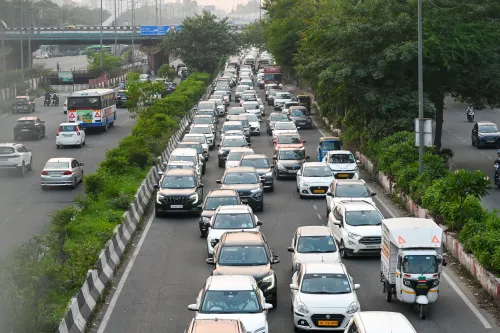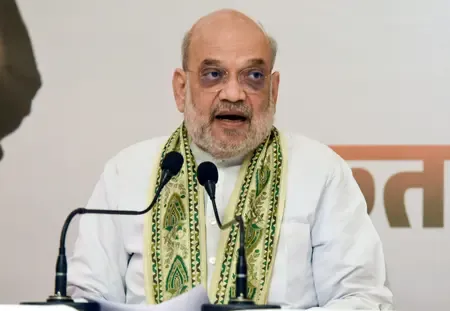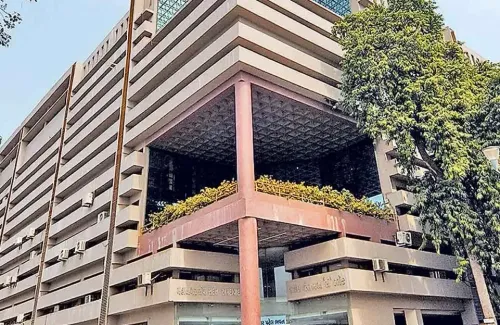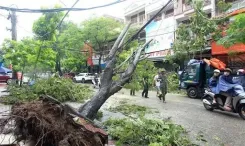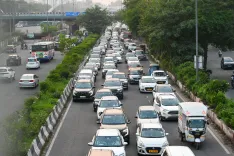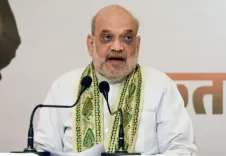Are Cloud Seeding Trials Set to Transform Delhi's Weather?
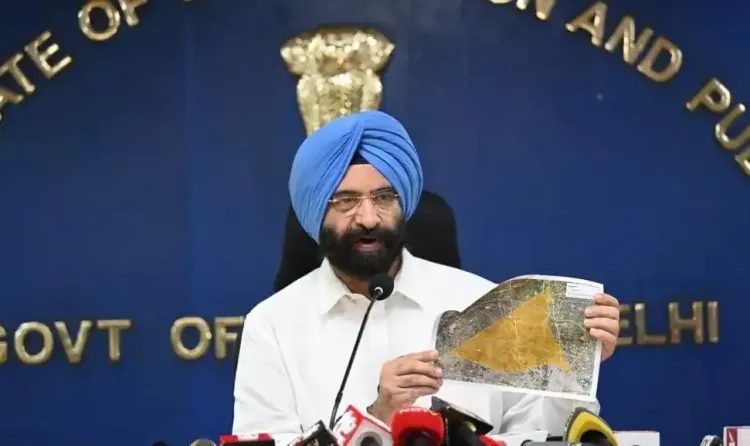
Synopsis
Key Takeaways
- Cloud seeding trials to take place in Delhi from August 30 to September 10.
- Initiative aims to combat pollution through induced precipitation.
- Operations led by IIT Kanpur with experienced crew.
- Flights will focus on areas conducive to cloud formation.
- Strict adherence to DGCA regulations required.
New Delhi, July 1 (NationPress) The Delhi Environment Minister Manjinder Singh Sirsa revealed on Tuesday that the Delhi government has achieved final authorization from the aviation regulator for initiating cloud seeding trials from August 30 to September 10 over the National Capital.
Describing this as a groundbreaking step towards implementing science-based environmental solutions, Sirsa noted that the Directorate General of Civil Aviation (DGCA) clearance signifies the commencement of Delhi's first airborne initiative aimed at reducing pollution through induced precipitation.
Criticizing the previous AAP administration, Sirsa remarked, “Cloud seeding has been discussed for years but has never been put into action. For a decade, it remained merely a concept.”
“We took initiative, coordinated with 13 departments, obtained all necessary approvals, including from DGCA, and now Delhi is poised to experience cloud seeding from August 30 to September 10. This is a significant milestone,” he stated.
Sirsa explained that while the initial DGCA approval permitted operations between July 4 and July 11, 2025, inputs from the India Meteorological Department (IMD) and Indian Institute of Tropical Meteorology (IITM), Pune, indicated that the monsoon cloud patterns during this period may not be conducive for effective cloud seeding.
“Consequently, IIT Kanpur, in collaboration with the Delhi Government, suggested an alternative timeframe — from August 30 to September 10 — which is more suitable for the operation,” he added.
The flights will concentrate on regions likely to facilitate low-altitude cloud formation and high pollution retention. According to the draft flight plan prepared by experts, cloud seeding aircraft will operate over Kundli border zones, Alipur, Bawana, Rohini, Burari, Pavi Sadakpur, and various segments along the Eastern Peripheral Expressway.
The operations will be conducted by the Department of Aerospace Engineering, IIT Kanpur, using the aircraft VT-IIT (Cessna 206-H), which is fully equipped with cloud-seeding technology.
Sirsa noted that the crew possesses prior experience in similar missions, and all requisite DGCA regulations, including licenses and certifications, have been fulfilled.
“The cloud seeding technique will involve dispersing hygroscopic particles (such as sodium chloride or other aerosols) from beneath the cloud layer to enhance precipitation and improve pollutant washout in the lower atmosphere,” Minister Sirsa elaborated.
As per the DGCA’s authorization letter, the following conditions must be met: Flights should adhere to Visual Flight Rules (VFR). The aircraft must maintain continuous visibility of the terrain and avoid obstacles at all times; the use of aerial photography or videography equipment during the operation is strictly forbidden, and the flight must remain within the approved airspace, avoiding prohibited, restricted, or designated airspaces unless separate permissions are secured.
The DGCA has also stipulated that the flight operator must obtain ATC clearance from the relevant aerodromes and coordinate closely with aviation traffic units throughout all flights.
All operations must be documented comprehensively, and the DGCA should be notified of any incidents, accidents, or irregularities occurring during the flights.

